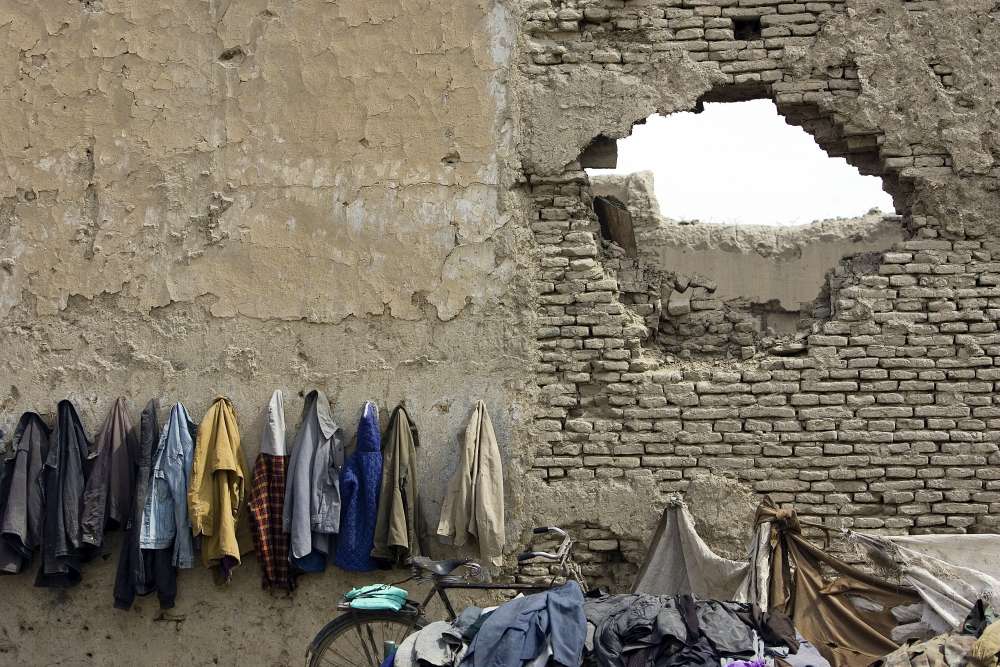“Responsibility While Protecting”: Reforming R2P Implementation

Introduction
The intervention in Libya in 2011 was an early test for the coercive, non-consented operationalization of the Responsibility to Protect (R2P), sparking a policy debate on how and under what circumstances protection should actually be conducted. This article analyses these debates on the “how” of the implementation of R2P by examining the substance and impact of the Brazilian 2011 proposal of a “Responsibility while Protecting” (henceforth RwP). While much has been written about RwP’s origins, why the Brazilians proposed it and why they stopped pushing it, little has been said about its actual impact on the normative development of R2P, and as a contribution to overcome the impasse manifested in the aftermath of the intervention in Libya.
The article unfolds in three parts. First, it discusses the aftermath of the UN-authorized military intervention in Libya in 2011. It briefly describes differences in opinion about the scope of the operation and emphasizes the normative debates that followed. It argues that while RwP was motivated by events in Libya, it raised broader, more longstanding questions about collective security and humanitarian intervention. Second, it assesses RwP’s political impact and situates it in the normative trajectory of R2P, notably in the complex post-World Summit discussion on how exactly to prevent mass atrocity crimes. It argues that RwP helped make the political debate about the relative utility of military force for protection purposes more clear and nuanced. It attracted a wider range of participants to the discussion by emphasizing not only the moral issues associated with enforcing R2P, but also other problems with the collective security system, such as authority and accountability. It enabled a debate on the use of force and R2P at a time when the discussions were extremely polarized and provided a useful structure for future discussions on these issues. Third, it explores political debates about R2P after RwP was proposed, and finds that in multiple domains, notably in the United Nations (UN), discussions are moving towards the pursuit of mechanisms for effective and responsible protection. This is a synthesis between the first articulations of R2P, which focused primarily on the question of “effectiveness” of protection, and the concerns articulated by RwP, which pondered the need to consider the methods of R2P implementation more carefully. The article concludes by arguing that while the political impact of RwP has thus far been limited if compared to its full potential, the proposal helped shift the terms of the debate about the use of force in R2P and effectively articulated the need for more responsible means of protection.
The full article is available from Global Society.







